Dark ecology
In the wolf-songbird complex
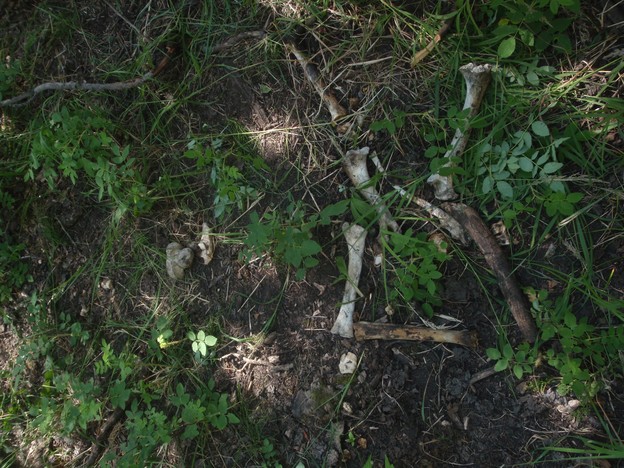
I had the good fortune to spend three days in the field, last week, with a wildlife biologist and her field crew, in their study area in the Southern Canadian Rockies, observing and helping the team “pull transects,” inventory tree growth, and track for wolf and other predator sign. They were compiling data for evidence of “trophic cascades,” in the ecosystems at the mountain-prairie interface. Trophic cascades are the energy that ripples out from the presence of a top predator, or a “keystone species,” in an ecosystem—not necessarily through direct predation so much as through an “ecology of fear,” which keeps herbivores vigilant and on the move, balancing browsing with scanning for predators. Removal of the predator can result in a collapse of the number and complexity of the energy cascades; presence of a predator amplifies and expands the energy ripples. Through such “cascade” effects, we ultimately might establish links between, say, wolf presence and songbird diversity. (For some ecosystems, a “mesopredator” like the coyote fulfills the function of the wolf.) Or so the theory goes.
Theoretical or not, I like to call it the wolf-songbird complex.
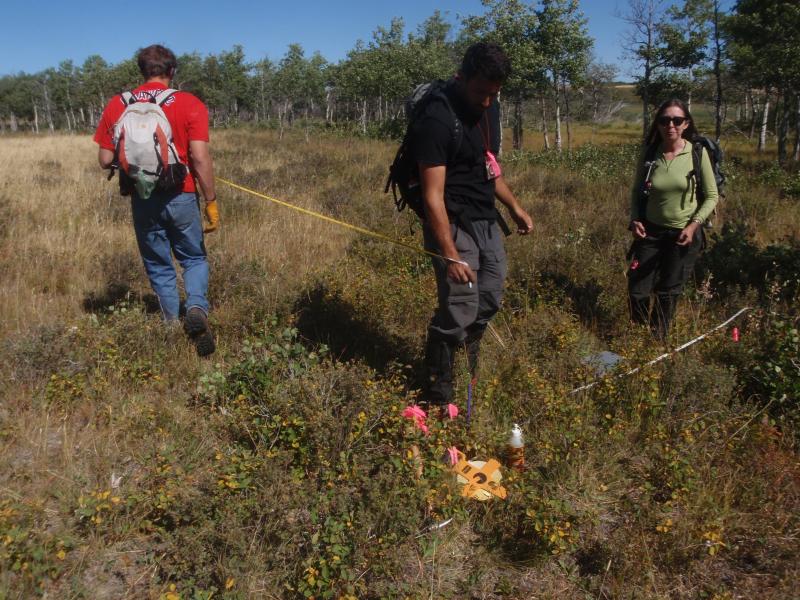 In her book, The Wolf’s Tooth: Keystone Predators, Trophic Cascades, and Biodiversity, Cristina Eisenberg writes: “The term trophic refers to anything related to the food web, while the poetic term trophic cascade refers to the movement of energy through the community food web when predators are removed (or when they return). This dynamic resembles a waterfall and involves top-down regulation of an ecosystem, in which predators have a controlling influence on prey abundance and behavior at the next lower level, and so forth through the food web. Remove a top predator, such as the wolf, and deer grow more abundant and bold, damaging their habitat by consuming vegetation (called herbivory) unsustainably. Intensive herbivory can lead to deer literally eating themselves out of house and home and, consequently, to loss of biodiversity and destabilization of ecosystems. Lacking top predators, ecosystems support fewer species because the trees and shrubs that create habitat for these species have been overbrowsed. With top predators in them, they contain richer and more diverse habitat and thus can support a greater number of species such as songbirds and butterflies.”
In her book, The Wolf’s Tooth: Keystone Predators, Trophic Cascades, and Biodiversity, Cristina Eisenberg writes: “The term trophic refers to anything related to the food web, while the poetic term trophic cascade refers to the movement of energy through the community food web when predators are removed (or when they return). This dynamic resembles a waterfall and involves top-down regulation of an ecosystem, in which predators have a controlling influence on prey abundance and behavior at the next lower level, and so forth through the food web. Remove a top predator, such as the wolf, and deer grow more abundant and bold, damaging their habitat by consuming vegetation (called herbivory) unsustainably. Intensive herbivory can lead to deer literally eating themselves out of house and home and, consequently, to loss of biodiversity and destabilization of ecosystems. Lacking top predators, ecosystems support fewer species because the trees and shrubs that create habitat for these species have been overbrowsed. With top predators in them, they contain richer and more diverse habitat and thus can support a greater number of species such as songbirds and butterflies.”
Trophic cascades theory also encourages a shift in focus from single-species conservation to the complex relations between species. Simple “abundance” is no longer a reliable measure; for instance, increased reproduction of bald eagles in Alaska may be linked to decline in sea otter populations (and a consequent irruption of the sea urchins they feed on, which suppresses kelp forests and the fish they in turn sustain, leading the ever-resourceful eagles to shift their diet to one dominated by more nutritious seabirds). Nor is the presence of a “kind” of landscape a reliable index: after cod were fished out of the Gulf of Maine, kelp forests declined, then rebounded as the sea urchins that browsed them were also overfished—but this time emptied of the biodiversity the kelp forests formerly supported.
“Bottom-up” influences like climate and fire also play an important role in ecosystem diversity—which can be considered an effect of the complex interplay between “top-down” and “bottom-up” factors. What is clear is that, due to the extirpation of its top predators, North America’s wild landscapes (which include aquatic ecosystems, such as the Atlantic kelp forests) have succumbed to an irruption of browsers:
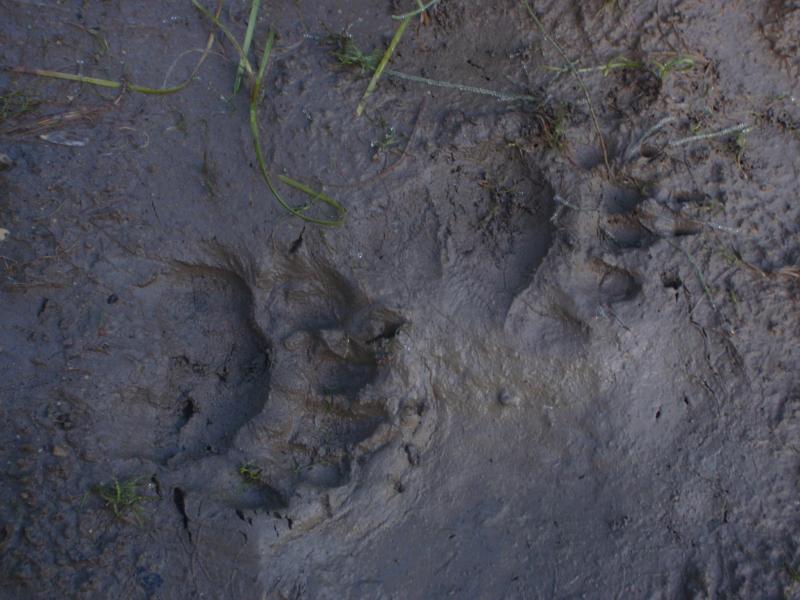 “[Aldo Leopold] documented widespread sharp increases in North American populations of ungulates from the 1920s through the 1940s. The first to apply the term irruption to this phenomenon, he identified the irruption sequence as removal of a top predator, then release from predation of its herbivore prey, which leads to an increase in prey numbers, followed by overbrowsing and overgrazing—what today we call a 3-part trophic cascade.”
“[Aldo Leopold] documented widespread sharp increases in North American populations of ungulates from the 1920s through the 1940s. The first to apply the term irruption to this phenomenon, he identified the irruption sequence as removal of a top predator, then release from predation of its herbivore prey, which leads to an increase in prey numbers, followed by overbrowsing and overgrazing—what today we call a 3-part trophic cascade.”
It was my interest in “soundscape” (a term coined by Canadian composer R. Murray Schafer to denote the sonic environment) that had brought me into Eisenberg’s study area—specifically, my pursuit of what elsewhere I have called the “poetry animal” (see my piece in the “American Poetry After 1975” special issue of boundary 2, no. 36.3, ed. Charles Bernstein) and my critique of humanist prosody (whether based on feet and accents or other closed metrical systems) that entails considering how the sounds of poetry are both closed off and radically open, subject to yet uncannily apart from the impulses and vicissitudes of the sonic environment.
I am also interested in sound recordist Bernie Krause’s theory of “biophony”—the audible equivalent of biodiversity, where species occupy acoustic niches as much as trophic ones (and certain highly developed species, like the Asian paradise flycatcher, can even occupy multiple niches in a complex soundscape). Krause proposes that with proper training one can learn to “hear” the diversity (or lack thereof) in certain ecosystems. Conversely, interruption of and incursion into the natural soundscape, a regular effect of human “internal combustion” activity, can impact the functioning of the ecosystem (so at rush hour the robins cannot hear the worms). The U.S. National Parks recently declared natural soundscapes a conservation resource.
As I have suggested, sound may be the “true north” of ecopoetics: thinking about how poems interact with their sonic environments may be the quickest (if most literal) way to check in with the environment, whether urban, “wild,” or in-between. It requires, first of all, that we bust the poem out of the black box of the “poetry reading.” (The one time Lorine Niedecker did read her poems in public, she was bothered by the “somewhat inattentive” audience, but also, I suspect, by the sanctimonious silence of the poetry venue—as one who, “must have been washed in listenably across the landscape/ to merge with bitterns unheard but pumping, and saw/ and hammer a hill away; sounds, then whatsound . . .”) I was inspired by Jonathan Stalling’s Wolf Howl Poems (published in ecopoetics 04/05), in pursuit of a fantasy of hearing some wolf howls, and attempting transcriptions of my own.
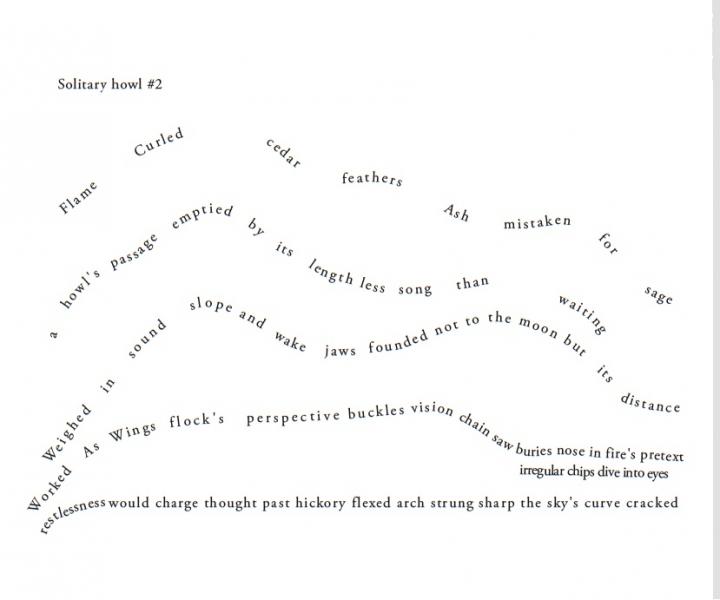
But as Eisenberg’s research shows, the soundscape of wolf presence may actually be bird song, a buzz of dragonflies, bugling elk. (Bird song this time of year, in the northern hemisphere’s autumnal migration, is limited, of course.) It also may be the murmur of human trackers examining a paw print or a bit of wolf scat spiked with shards of crushed bone, or, as the case may be, the tone of the tale of a wolf encounter.
 We neither saw nor heard wolves in Waterton Park, nor any conclusive, fresh wolf sign. The tales ended up being ghost stories. While recent inventories have estimated 5-17 wolves in the park, park officials suspect that all but one or two of the wolves this year have been killed by local ranchers. (CORRECTION: two days after I posted this, Eisenberg informed me that the park warden has just received a report of two wolves with four pups seen repeatedly by ranchers near the park. Also, Eisenberg reminded me that her team had located two conclusive wolf scats in one location and a fresh track and a fresh scat at another, earlier in August, plus a trail camera on the trail we used into her study area has picked up a lone wolf on several occasions this summer, most recently in mid-August.) Wolves in the North Fork area of Glacier (U.S. side) fare somewhat better, so far, with 25-38 wolves estimated to be thriving there. My cousin’s husband makes his living leading packing trips into the nearby Bob Marshall wilderness and is not happy about the presence of the wolves where he hunts, as they keep the elk on the move, making them scarce. Wolf research is so controversial that we were not, as we tracked, allowed to say the word “wolf” into our two-way radios.
We neither saw nor heard wolves in Waterton Park, nor any conclusive, fresh wolf sign. The tales ended up being ghost stories. While recent inventories have estimated 5-17 wolves in the park, park officials suspect that all but one or two of the wolves this year have been killed by local ranchers. (CORRECTION: two days after I posted this, Eisenberg informed me that the park warden has just received a report of two wolves with four pups seen repeatedly by ranchers near the park. Also, Eisenberg reminded me that her team had located two conclusive wolf scats in one location and a fresh track and a fresh scat at another, earlier in August, plus a trail camera on the trail we used into her study area has picked up a lone wolf on several occasions this summer, most recently in mid-August.) Wolves in the North Fork area of Glacier (U.S. side) fare somewhat better, so far, with 25-38 wolves estimated to be thriving there. My cousin’s husband makes his living leading packing trips into the nearby Bob Marshall wilderness and is not happy about the presence of the wolves where he hunts, as they keep the elk on the move, making them scarce. Wolf research is so controversial that we were not, as we tracked, allowed to say the word “wolf” into our two-way radios.
I was struck by the (no doubt also controversial) affective economy Eisenberg locates at the heart of the ecosystems she studies. Her book borrows its title from Robinson Jeffers’s poem, “The Bloody Sire”:
What but the wolf’s tooth whittled so fine
The fleet limbs of the antelope?
What but fear winged the birds, and hunger
Jeweled with such eyes the great goshawk’s head?
Note for an eco-aesthetics: what we admire in a species are not “individual” characteristics so much as co-evolutionary vectors, honed in an affective economy. “Defined in some systems by fear more than by the actual act of predation, trophic cascades,” Eisenberg explains, “mean that the presence of a predator, such as the wolf, affects prey foraging behavior as prey try to find an optimal balance between fear of being eaten and meeting their metabolic needs. Wildlife ecologist Joel Brown and colleagues termed this the ecology of fear. The ineluctable play of energies involved in fear of predation is no less real than the act of predation. This predator-prey death dance, evinced by the bleached bones strewn about the meadow, the braid of wolves’ voices at dusk, and ravens on the wing lured by the coppery scent of fresh blood, causes human and wild animal hearts to beat faster and cascading effects to ripple throughout food webs.”
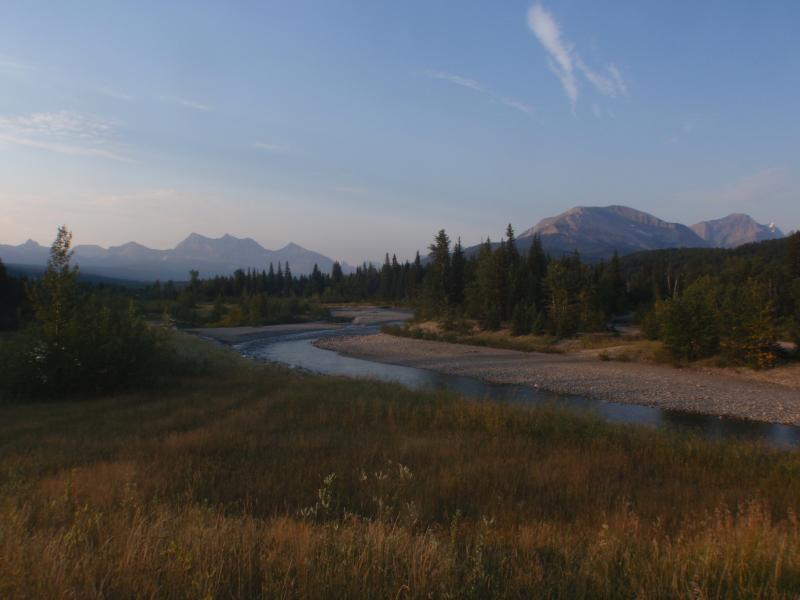 The ecology of fear was operative when a large grizzly left fresh (not 5-minute old) sign of its presence on the trail just ahead of us, as we were heading in to examine a wolf den (making clear that it had been watching us from the edge of the woods, while we stood on a river bank discussing the history of the landscape with Rob Watt, recently retired Park wildlife warden), or when I hiked alone in grizzly territory the next day. Shorn of our weapons, we find ourselves somewhat beneath the top of the food chain. “Wilderness areas” without the functional presence of large carnivores seem unworthy of that name, once one has hiked with the fear of getting eaten.
The ecology of fear was operative when a large grizzly left fresh (not 5-minute old) sign of its presence on the trail just ahead of us, as we were heading in to examine a wolf den (making clear that it had been watching us from the edge of the woods, while we stood on a river bank discussing the history of the landscape with Rob Watt, recently retired Park wildlife warden), or when I hiked alone in grizzly territory the next day. Shorn of our weapons, we find ourselves somewhat beneath the top of the food chain. “Wilderness areas” without the functional presence of large carnivores seem unworthy of that name, once one has hiked with the fear of getting eaten.
I emerged from the wolf-songbird complex with more questions than I had brought into it—the kinds of questions that crop up on the incursions, or thorny bushwhacks, that science and literature make onto one another’s territory. First of all, what of the elided part of Jeffers’s poem?
It is not bad. Let them play.
Let the guns bark and the bombing-plane
Speak his prodigious blasphemies.
It is not bad, it is high time,
Stark violence is still the sire of all the world’s values.
I can appreciate this poem for its implicit critique of “peace and love” nature sentiment, but not for its misanthropic transvaluation. Bringing poetry over to science to illustrate an ecological point seems innocent enough (though one strong claim an ecopoetics might make is that it isn’t); science bleeding into ideology, possibly to “naturalize” its perspectives, feels far more dangerous. Eisenberg rightly sees that the only hope for a maligned species like the wolf is a scenario of co-existence with the ranching ways of the American west (however unlikely, though more likely than plain victory for the “environmentalists”)—whether the “ranching” be of cattle, wind or gas, amongst other resources.
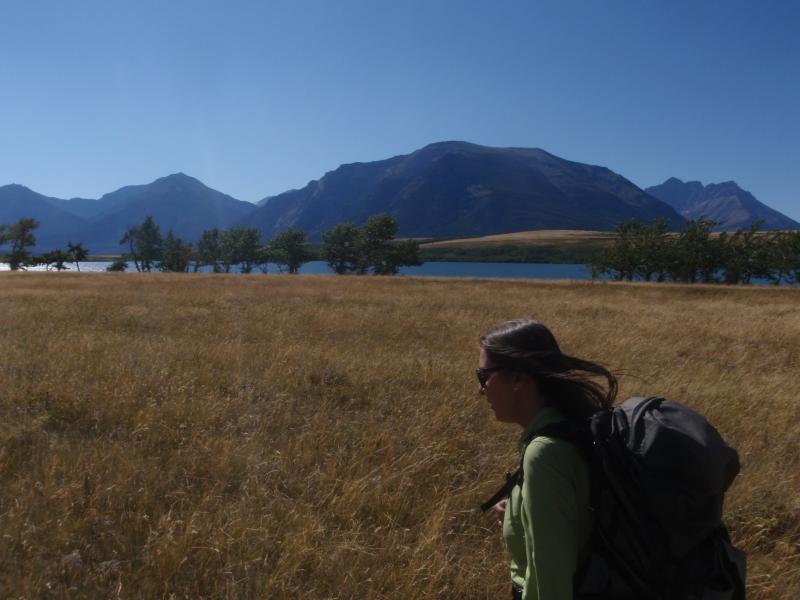 Some powerful parties have taken an active interest in her research: might it be that her “top down” predatory model resonates all too well with their well-funded world view? (Eisenberg sets her research in what she calls the “crown of the continent,” and there is even some discussion in her book of “predator guilds” and of “trophic trickles”—the many pathways for energy movement that occur in systems with high biodiversity, like rainforests or coral reefs. Such figures resonate with an hierarchical perspective.) Within science, there is push-back for a more democratic “bottom-up” (resource-based) model, which has been the standard for wilderness management to date.
Some powerful parties have taken an active interest in her research: might it be that her “top down” predatory model resonates all too well with their well-funded world view? (Eisenberg sets her research in what she calls the “crown of the continent,” and there is even some discussion in her book of “predator guilds” and of “trophic trickles”—the many pathways for energy movement that occur in systems with high biodiversity, like rainforests or coral reefs. Such figures resonate with an hierarchical perspective.) Within science, there is push-back for a more democratic “bottom-up” (resource-based) model, which has been the standard for wilderness management to date.
I am reminded of a survey Michael G. Barbour conducted of ideological leanings amongst scientists active in the debate between “communitarian” (Clementsian) and “individualist” (Henry Gleason’s) hypotheses for plant distribution and ecological succession, which leanings it turns out did break down along predictable cold war lines (see Barbour’s essay, “Ecological Fragmentation in the Fifties,” in Uncommon Ground: Rethinking the Human Place in Nature, ed. William Cronon). Eisenberg herself hardly fits the mold of apologist for the oligarchs, however: she likes to point out how her findings can be inconvenient for all sides of the equation—for environmentalists, ranchers, and landscape managers alike.
I also wonder how the theory of the wolf-songbird complex, and Eisenberg’s approach to it, gets inflected by the gender gradient in science (persistent under-representation of women in research and leadership), just as one could ask about the gender gradient in relation to research conducted by men. As Eisenberg’s book makes clear, without belaboring or even mentioning the point, the world of conservation science is largely (to date) a man’s world. Hopefully her work is changing that; in what ways (if any) does the gender gradient affect her work as a scientist?
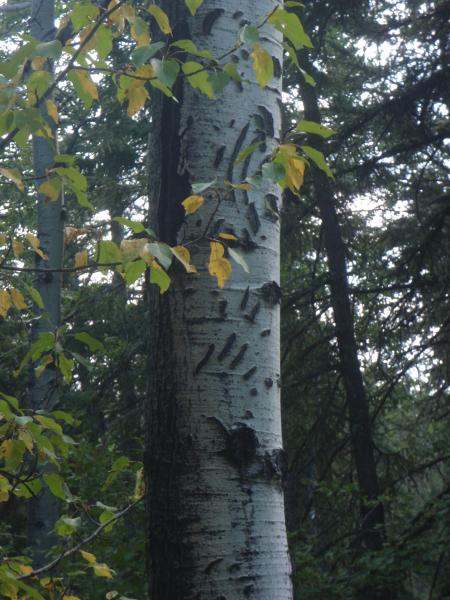 But it is unreasonable, and possibly the worst form of anthropomorphism, to expect human ideals, ethics and problems to map onto the other-than-human world. (Non-western cosmologies have their own way of acknowledging and negotiating the disconnect—as in the “discrepant engagement” Nathaniel Mackey locates in Stephen Feld’s ethnography of Bosavi Kaluli poetics.) Harmonious visions of lions laying down with lambs or grizzlies playing with humans have their Samuel Palmeresque, or Timothy Treadwellesque, appeal but are ultimately offensive to an ecology grounded in real interactions, especially given humanity’s rapacious devastation of the planet.
But it is unreasonable, and possibly the worst form of anthropomorphism, to expect human ideals, ethics and problems to map onto the other-than-human world. (Non-western cosmologies have their own way of acknowledging and negotiating the disconnect—as in the “discrepant engagement” Nathaniel Mackey locates in Stephen Feld’s ethnography of Bosavi Kaluli poetics.) Harmonious visions of lions laying down with lambs or grizzlies playing with humans have their Samuel Palmeresque, or Timothy Treadwellesque, appeal but are ultimately offensive to an ecology grounded in real interactions, especially given humanity’s rapacious devastation of the planet.
From a global perspective, of course, humans are at the top of the food chain. And that is another one of my questions: isn’t it at the same time destructively misleading to perpetuate the romance of “dangerous” wild animals? When humans clearly are the most dangerous species on the planet. (And how come there’s no beneficial “trophic cascade” from this human predator?) It turns out that many of the folks I spoke with in Alberta, who have long and close experience with grizzlies, agree: fear of bears, cougars and wolves is a confection of the sensationalist media, with very little statistical basis. Though surely the fascination with “bear attacks” and the like does tap into something hardwired over millennia of evolution into the human brain.
Ecocritic and philosopher Timothy Morton has called for a more gothic pursuit of “dark ecology,” a discourse where the “ecology of fear” might find its edge. As he writes, in response to Juliana Spahr’s “Gently Now Don’t Add to Heartache” (from Well Then There Now):
“And we realized that from the very beginning of our history, we had been androids. There never was a Nature from which we are now separated.
This subjective destitution is happening precisely at the moment at which we achieve ecological planetary awareness.
Oh fuck.
. . . then we reached an even worse conclusion:
Not only had we done it, caused the ecological catastrophe, the Anthropocene,
But we didn’t even have the feeling of existential weirdness to rely on.
This was because our subjective destitution turned out to be a basic feature of reality
Not some special prize for being human, as Heidegger had argued.
Every blasted thing in the universe was an uncanny monster carving out its reality ruthlessly.”
Though one should note that Gary Snyder has been making this call—if lacking the black lipstick and chrome nails—for years. As he stated in a recent conversation with Jim Harrison, “Life in the world is not just eating berries in the sunlight. I like to imagine a depth ecology that would go to the dark side of nature, the ball of crunched bones in a scat, the feathers in the snow, the tales of insatiable appetite.”
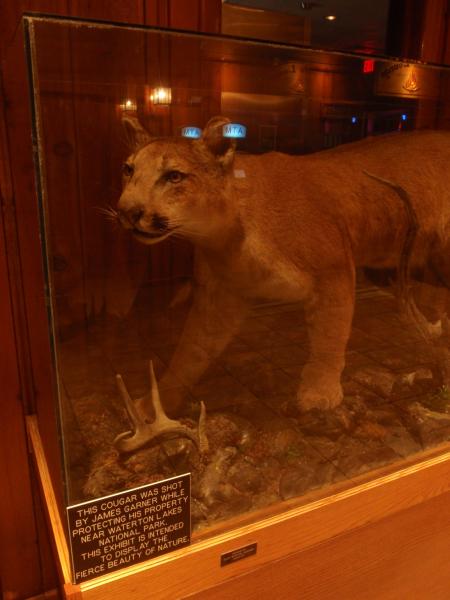 What does the ecology of fear sound like? Can poems open themselves to the dark sounds of the environment? Might such ecology actually sound bright rather than dark? Would a posthumanist prosody consider the sounds of “subnatures”—those “other,” entropic natures embedded in our sometimes aggressively vitalistic approaches to listening? What about non-acoustic “sounds”? What would it mean to write a poem sharpened by the wolf’s tooth? (And by that I don’t just mean the metaphorical wolf—of poverty and social insecurity—in whose mouth most poets are already writing. At the figurative level, I’d be more tempted to speculate about the cascading “trophic” effects of poets on the literary ecosystem.)
What does the ecology of fear sound like? Can poems open themselves to the dark sounds of the environment? Might such ecology actually sound bright rather than dark? Would a posthumanist prosody consider the sounds of “subnatures”—those “other,” entropic natures embedded in our sometimes aggressively vitalistic approaches to listening? What about non-acoustic “sounds”? What would it mean to write a poem sharpened by the wolf’s tooth? (And by that I don’t just mean the metaphorical wolf—of poverty and social insecurity—in whose mouth most poets are already writing. At the figurative level, I’d be more tempted to speculate about the cascading “trophic” effects of poets on the literary ecosystem.)
Nature, says Darwin, is an entangled bank—so is the encounter between poetry and science, and one thing a posthumanist prosody is sure to amplify is the noise in the space between disciplines. What poets today are working this entangled bank?
I took a passel of poetry books into the field with me that I thought might especially speak to dark ecology and the entangled bank. Let me close with excerpts from some of these books, books I hope to discuss at further length, elsewhere in these Commentaries.
Biologists on the plateau
studying wolf
incursions from Idaho
keep the name-taboo active—
‘visitors from the north’
then photograph pawprints, send scat to the lab—
or where did you sleep last night
in the pines with the sinewy long-limbed one?
parda grammatica
her language in urine marks
Wolf did I know the lexicon
could read it off rocks with my nose
would you still prove anamika
name-less?
High Lonesome Ranch
DeBeque, Colorado
Andrew Schelling, From the Arapaho Songbook (La Alameda Press, 2011)
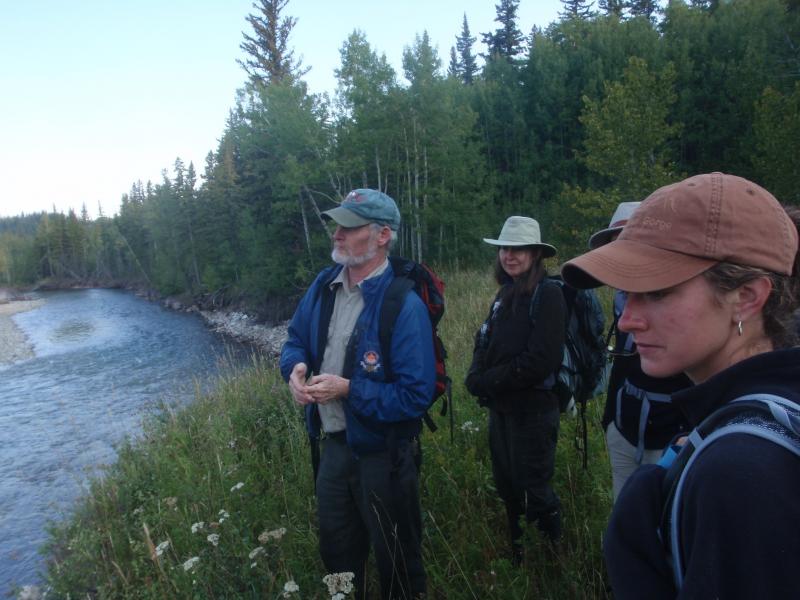
There are two worlds — one diurnal
and that other world, where lunar
mottled eels stir like dreams in shallow
forest water. Allowing both to continue,
we painstakingly remove and replace their
parts with corresponding and interlocking
absences. The glass machinery equally full
of allusion to our summer carnality,
an infinite part of the pattern
that regenerates itself with its own
repetitive logic.
Christopher Dewdney, The Natural History (ECW Press, 2002)
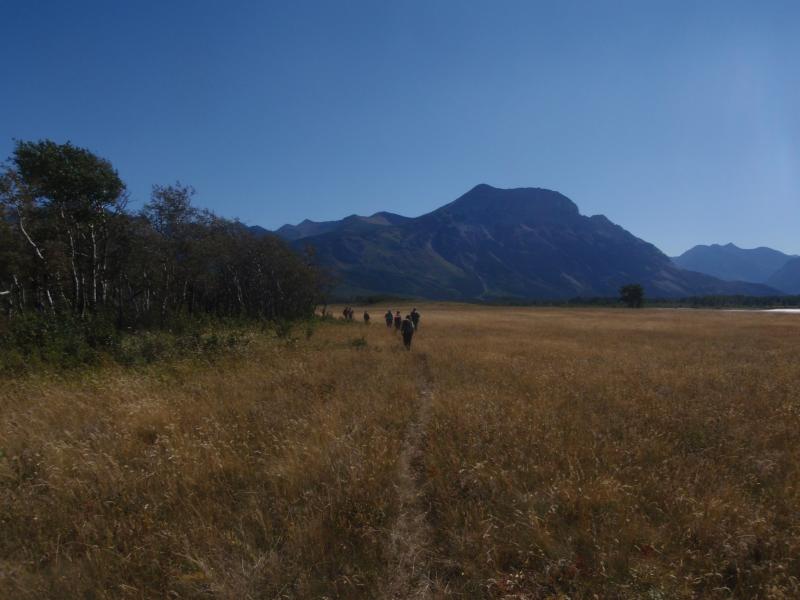
We descend on a field by a lake. a hoosh The lupin, sleep, the fog. a ha Fireflies, silent moths. We bury our legs in sand. Sound through sand is dormant. We desire sleep to enter, virginal.
We stretch our feelers toward the warm body. a a Slowly, hands fog-damp spin plants, form air-filled hollows, breath cocooned, fur soft and blurred, heavy even heavenly. hoosh Soft like quiet. ha
Soft like we quiver.
. . .
a night in th life of comma or croceus or maera or cossus cossus or mormo maura. words breed above a bled. l’s sneak in, words bleed pulp. breath like wool. breath like thighs, sewn tight. breath cocooned. lull to sleep nd brighten dreams. or f, nd fl. sleep nd flighten. sleep or silk. ilken sleep of slumberflies’ shantung nd tussah lungs. thick sheets of lungs. each complexhale slo-mo. hypervocal verberate.
a. rawlings, Wide Slumber for Lepidopterists (Coach House Books, 2006)
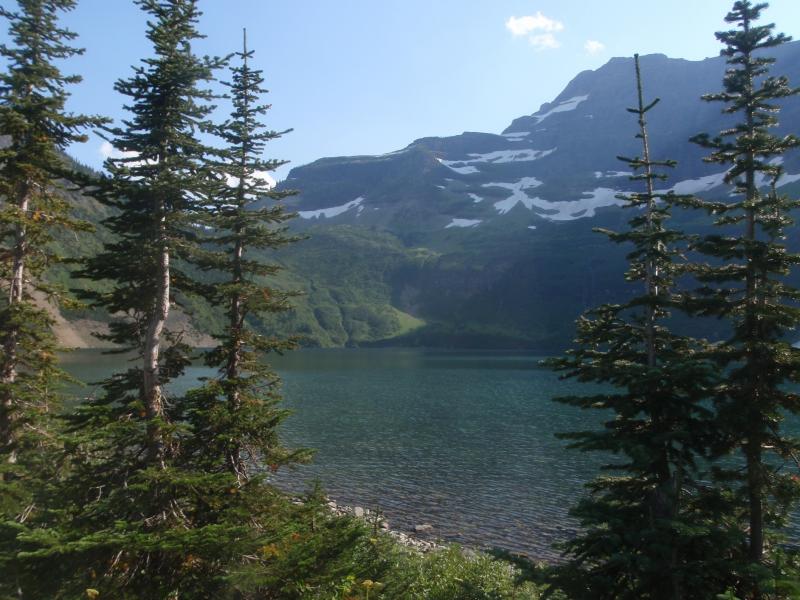
Coming over a ridge, Joseph saw two pale animals, their heads hanging down and thick with brown dreadlocks. There were drinking from a river with a pack of wolves. A twig snapped underfoot as Joseph strained to look but at that moment, the animals fled, in one sharp curve, back into the green. At night, the animals came once again to drink. In his hide, Joseph shivered. He could not see them clearly but he knew they were there. In the moonlight, the wolves and their companions were whitish, with eyes that shone when they turned toward him, mildly, reflexively. Blue.
Bhanu Kapil, Humanimal (Kelsey Street Press, 2009)
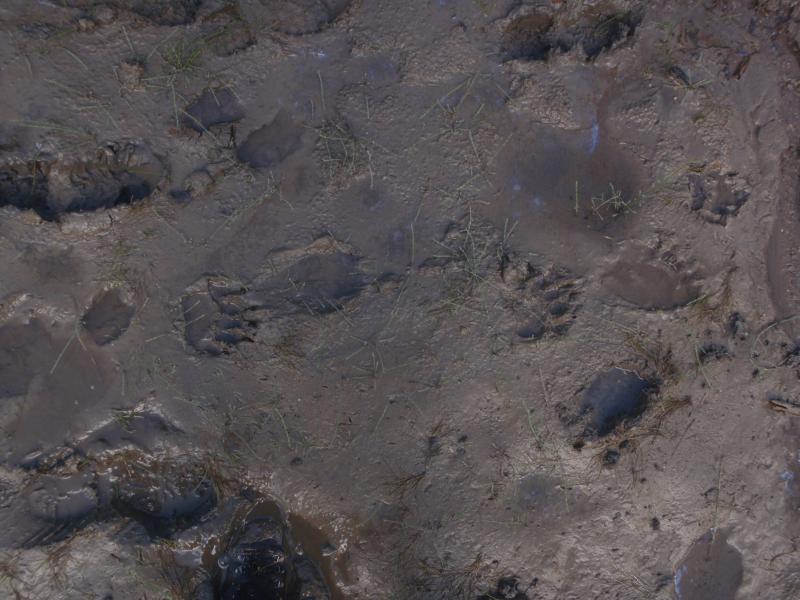
Thrashing disability—
—Torn when edges
Remora mound where body
| Went was covered
In grassy expanse
| Fangs
—Hail havoc
We exchanged feline brains—
—A twin incarnate coat
Cerebellum wished—
| Changed into globe
To spin worlds |
Minus’
Topple
Glassy
Hopes
Biases
Arise
Around
Antimatter
Spry
—Duchess of forearm agape
—Clever nebulae which govern literacy
I cling unapologetically to liberty (macro)—
Tiny pewter speck
Been dead, bones heave
| As slay coats each mirror morning
| Muscles and nerves alternating liberty’s current
Other epidermis orders leather
Hierarchy subject to anarchy
See crowns tossed—
Take care, take back our commons |
Brenda Iijima, from “Panthering,” If Not Metamorphic (Ahsahta Press, 2010)
Ecopoetics